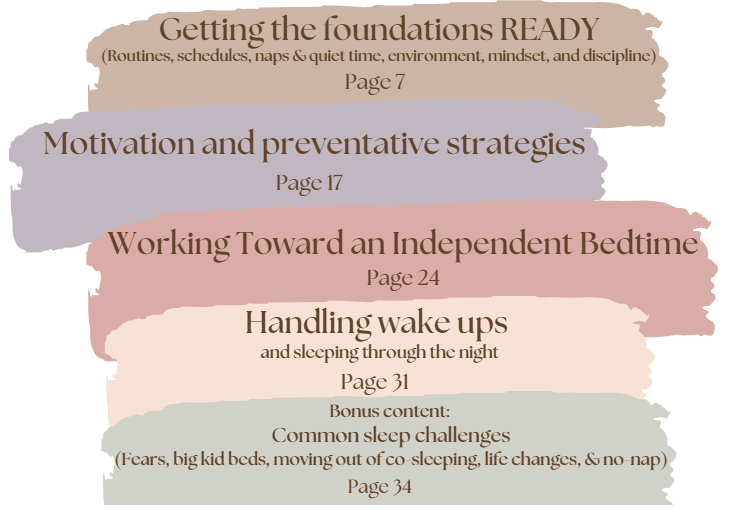Surviving Daylight Savings: 3 Tips to help your child sleep
- Kelsey Flores

- Mar 8, 2023
- 2 min read
Updated: Mar 9, 2023
Daylight savings may be one of the most dreaded times for parents because they know exactly what it means... their baby's schedule is going to change! Well fear not, you can start to prepare for this switch now to make for an easy transition.

Here are 3 tips for tackling this time change:
Start early:
Starting tonight, move your little one's nap times and bedtime 10 minutes earlier. Tomorrow, another 10 minutes. The next night, another 10. This gradual shift will ease your child into their new schedule and make it last! Switching cold turkey could result in your baby fighting sleep due to undertiredness. Slow and steady is the way to go!
Control the light:
"Spring forward" means the sun comes up later and sets later. While this is great for those gorgeous summer nights, this can pose a problem for your child whose sleep cycles are controlled by darkness. Bring your child in from outside and draw the curtains and blinds to block the sunlight at least 1 hour before bedtime. This will allow the melatonin to start flowing!
How do you control the light when your baby is going to bed and it's still sunny out? Two words...blackout shades! An age appropriate bedtime for any child 6 months-3 years is between 6pm and 7:30pm. This means that the sun will still be up when they are going to bed. Blackout shades will be your best friend, as a baby's room should be so dark that you cannot even see your hand in front of you.
Shift to the new wake-up time:
Once the time has officially changed, it is time to teach your child when their new wake up time is. As much as you would like to let your baby sleep as long as they can (because that means YOU get to enjoy that sleep too), getting their body adjusted to the new schedule is what they need to make naps and bedtime consistent. Wake them up at their usual wake time, adjusted to the new time change (ex. 7am is now 8am, so wake them at the new 7am).





Comments